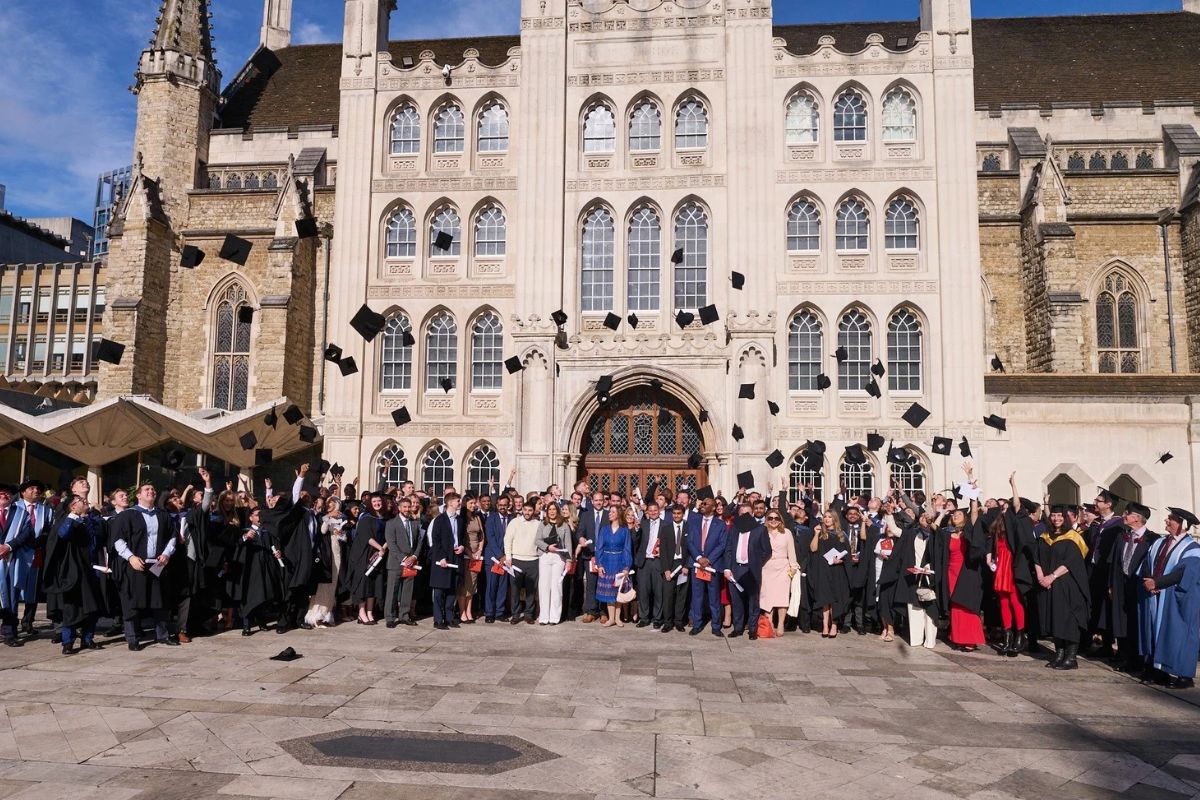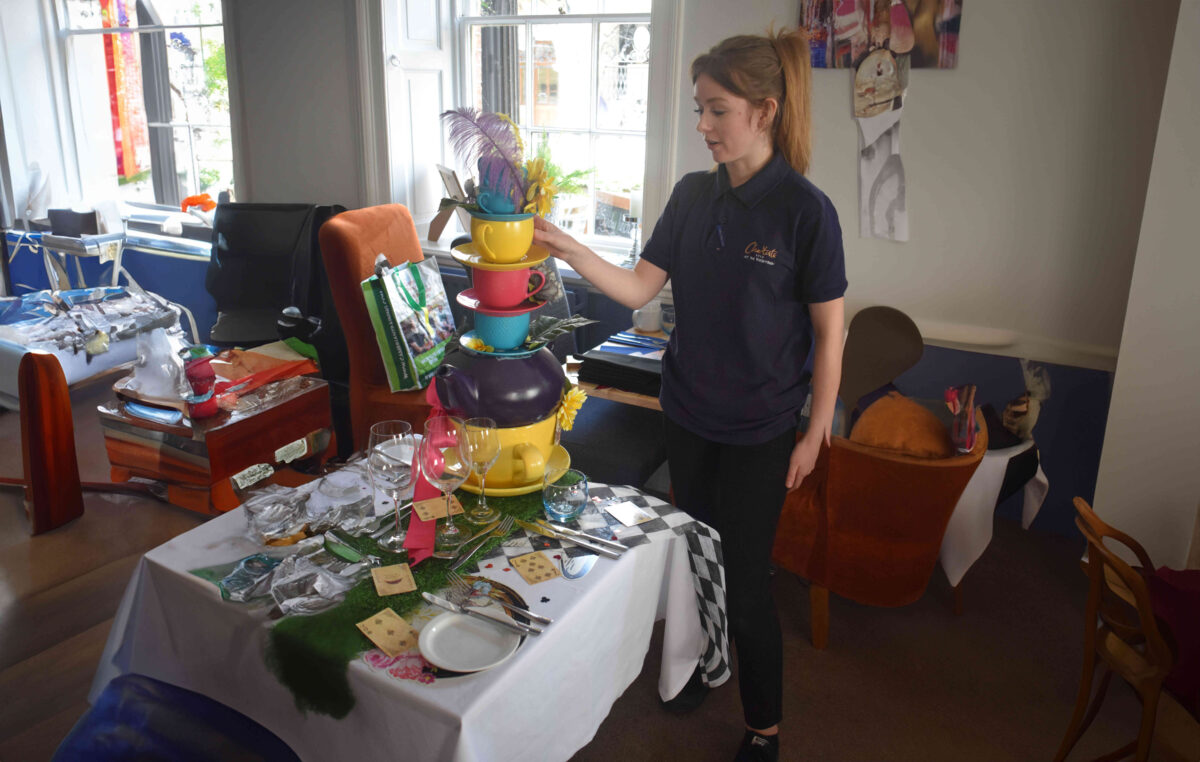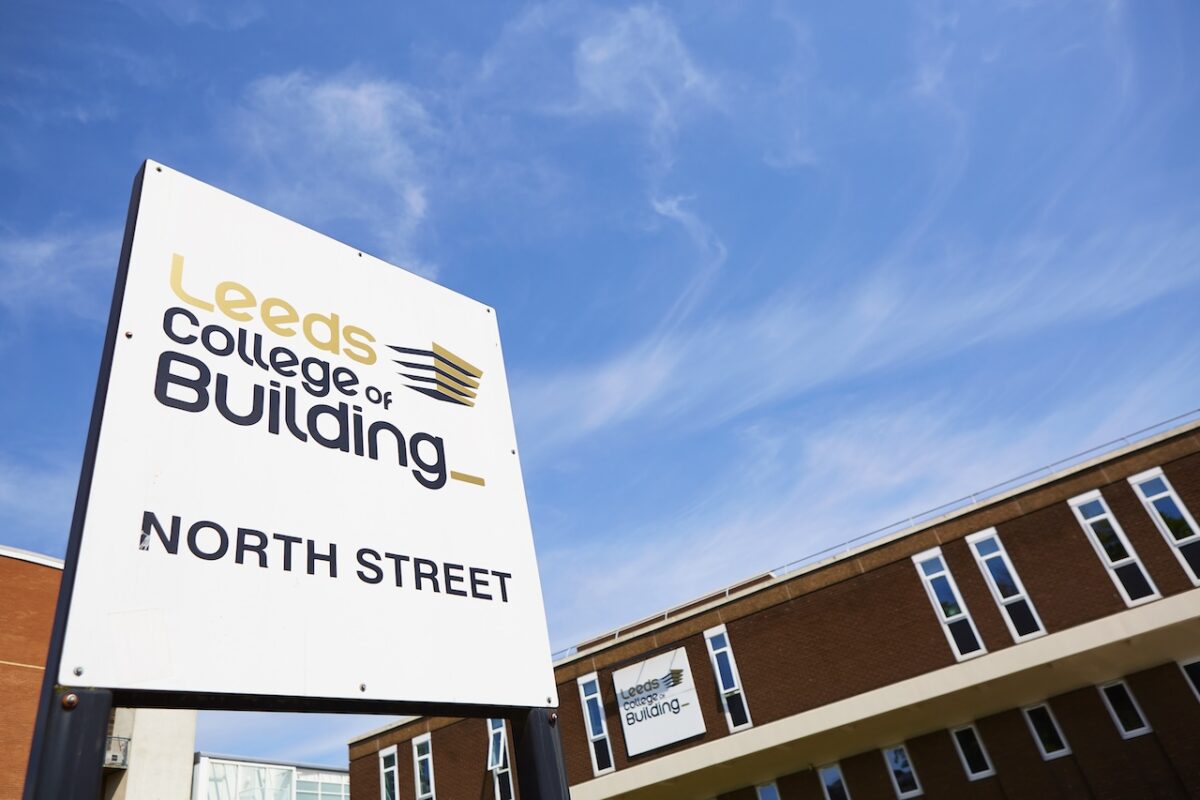Rain or shine, the levy’s priorities need deciding now

A long list of competing priorities for apprenticeships cannot all be sustainably accommodated by the levy.
If the forecasts of a prolonged economic recession come true, the current pressures on the apprenticeship levy could be blown out of the water. This is because the recession might well lead to a major drop-off in demand for apprenticeships from employers.
That said, both the government and Labour should still review now what they want to do with the levy for when times are good despite the fact that Labour’s Council of Skills Advisors has only recently pitched ideas for reform to the shadow education team.
Labour’s proposals were largely formulated on a belief that the levy suffers from “massive underspends”. The raw numbers are difficult to deny but it is strange that people seem to have forgotten that in pre-Covid 2019, the National Audit Office was predicting an imminent overspend and the DfE’s most senior civil servant was warning the House of Commons Public Accounts Committee that “hard choices” would have to be made about the levy’s future use. And those choices certainly didn’t involve using it for anything other than apprenticeships.
Then the pandemic arrived, workplaces shut down and employers could not recruit apprentices with the exception of sectors such as digital where much of the training could take place online at home. The result was that new starts on the programme slumped from 389,000 to 319,000 in a year and stayed at that level for a further 12 months. Sure enough, the NAO’s expectation was overtaken by events and underspends were the consequence.
Underspend has dissolved
But as soon as the lockdowns ended, start numbers immediately started to recover so that by the end of the academic year 2021-22, they were only 10% lower than pre-pandemic levels and surprise, surprise, nearly the entire £2.4bn annual programme budget was consumed in the process as the ESFA annual report has just confirmed.
Using a cap on the number of apprentices which an SME employer could take on, the ESFA deftly ‘managed’ demand so that like landing on a sixpence, expenditure outcome almost matched the budget and the levy underspend was virtually gone.
A bad recession means that it could come back though. But this shouldn’t detract from the fact that much of the recent debate around the use of the levy has been conducted on a false premise, i.e. that the underspends were largely due to the levy’s design rather than the fact that employers simply couldn’t recruit apprentices during the lockdowns.
In fact, we witnessed opportunist nonsense on the matter from some observers, including organisations which didn’t declare their interest that they want the levy to fund the taking of their own non-apprenticeship qualifications. Fortunately the civil servants advising ministers aren’t easily fooled.
More government transparency around the programme’s budget would however help guide the debate. For example, why did the DfE limit SMEs to 3 apprentice starts each in a year (2019-20) which ended in an underspend of £550m and only increase the limit to 10 in the following year which also ended with a similar sized underspend? Careful budget management without knowing likely post-lockdown demand could be the answer although critics might argue that the government was overly cautious when training providers on the frontline were saying that demand was not being met.
Long list of competing priorities for levy funding
Nevertheless, whether the underspend is minimal or noticeable, a serious discussion is required on the levy’s ability to fund apprenticeship programme’s priorities because its design is an issue when demand for apprentices is high and there are so many other competing demands,
such as:
- the apprenticeship programme should be for all ages, all levels and all sectors;
- Robert Halfon’s long held desire to “rocket boost” degree apprenticeships which cost a lot;
- a rebalancing of available funding towards 16 to 24 year old apprentices and at lower levels;
- meeting demand from SME employers which is currently subject to an annual cap;
- levy payers’ strong belief that they should continue to choose freely how they spend ‘their money’ even if the levy is a tax;
- the recognition at last from the DfE and IfATE that you can’t expect good quality training and assessment to be delivered on the cheap, especially when providers’ operating costs are rising sharply, and therefore some apprenticeship standards need a funding rate uplift – an increase which will be funded of course out of the levy;
- demand from the regions for greater control over apprenticeship funding although the system is supposed to be demand-led by employers;
- a long shot from the returning skills minister who proposed last year that the wages of SMEs’ apprentices should be funded by the levy (Labour also proposed something similar for young apprentices during the lockdowns); and
- the call from Lord Blunkett and others for a ‘flexible’ levy that can fund other forms of training.
This list doesn’t include what to do with the levy transfer scheme and the latest flexi-apprenticeships initiative. The former should be abandoned because firstly it is hardly used and secondly a third of the transfers actually go to large levy paying employers when the policy intention was for them to support SMEs and supply chains.
Another candidate for the chop should be the 10% funding top-up which levy paying employers receive from the state when making a claim on the system. It was a gimmick in the 2015 Budget announcement which has added an unnecessary cost to the programme.
In addressing the list of competing demands (and it is probably a case of 9 into 4 won’t go), it is doubtful that the government will use the Autumn Statement to mount a raid on the apprenticeship budget which was previously set to rise to £2.7bn per annum by 2024-25.
At the same time, the big squeeze on the public finances means that some ideas which require extra money have little chance of seeing the light of day. These include 16-18 apprenticeships being funded from the mainstream DfE budget rather than the levy, SME apprenticeships benefitting from a standalone budget and the wages subsidy proposal.
Never mind that data shows that the gain from funding more SME apprenticeships is that more young people at the lower levels are the beneficiaries, i.e. they get on the skills minister’s cherished “ladder of opportunity”.
Decide now on apprenticeship priorities
The key point is that policymakers should not wait for the sun to shine again to decide on the type of apprenticeships which can be delivered by the levy system or we will be quickly back in “hard choices” territory.
For example, rocket boosting degree apprenticeships and meeting unlimited SME demand for apprenticeships would be hard at any time to reconcile within a finite budget unless employers are required to contribute more to meeting the cost of higher level apprenticeships.
Ministers and the Labour party should therefore clearly set out what they believe the levy should prioritise over the long term while recognising that it can’t sustainably fund anything other than apprenticeships.












Responses